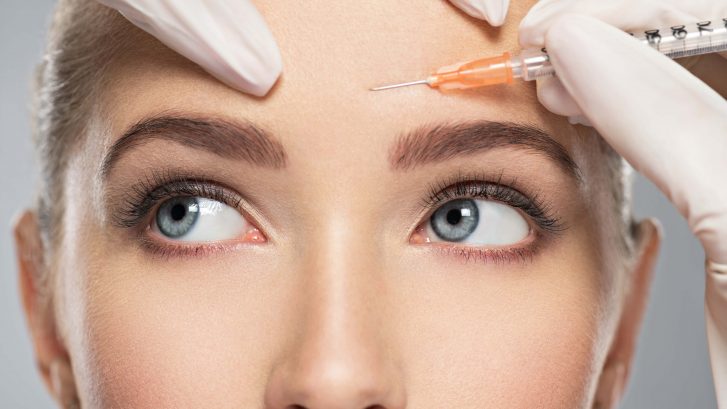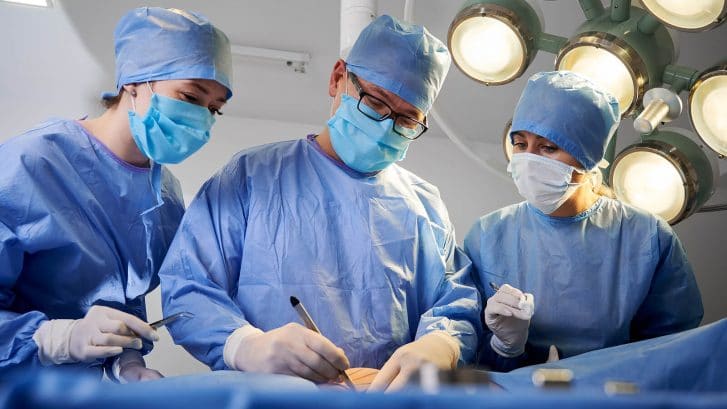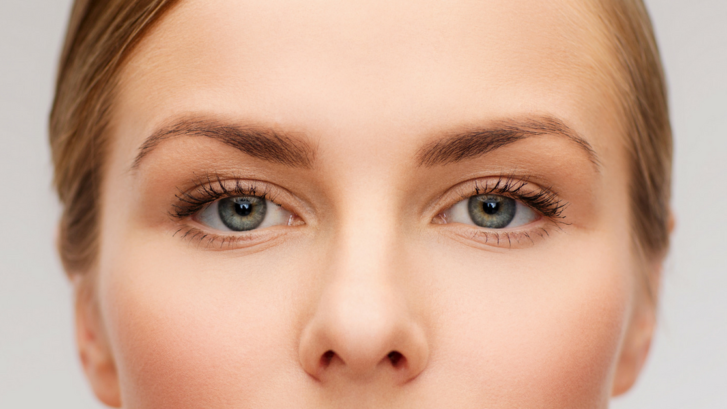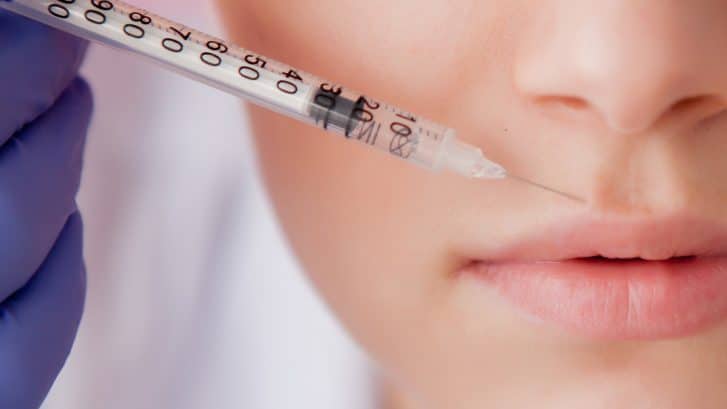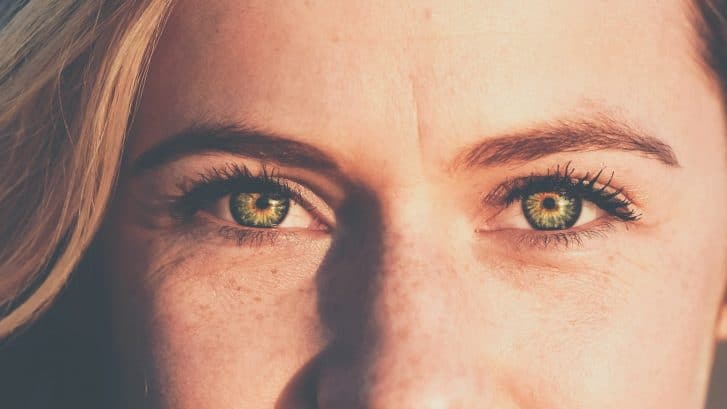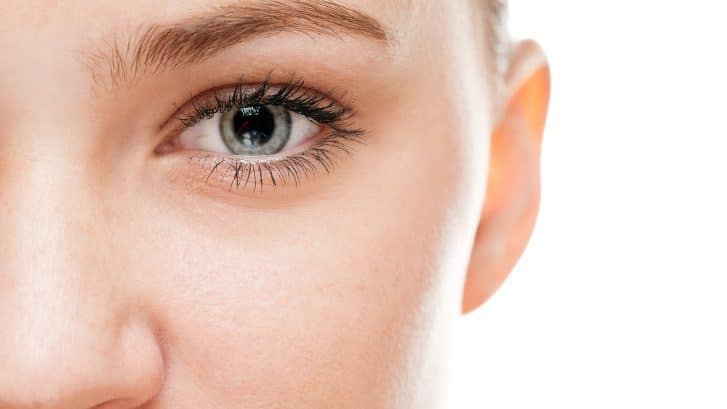A Look Back on the Top Cosmetic Procedures of 2021
According to Dictionary.com, the last two years have created an entirely new vocabulary – from social distancing to flattening the curve. We’ve also seen new terms emerge around our appearance as we continue to work from home while on video conferences day-in and day-out.
With people now spending hours on video-conferencing tools like Zoom or Microsoft teams – for both personal and work events or meetings – we all have plenty of time to scrutinize our images, often creating distortions in perception.
One term that has made headlines of late is “Zoom dysmorphia,” which according to Science Direct occurs when “patients seek cosmetic procedures to improve their [perceived] distorted appearance on video-conferencing calls.” With Zoom becoming a part of our everyday lives, many people are seeking plastic surgery and cosmetic procedures to correct or enhance those perceptions – thus, guiding many procedures in 2021.
Looking Back to 2020 to Predict 2021’s Top Procedures
Before we look at the procedures that dominated 2021, let’s first look back to 2020. After all, looking backwards can often help predict trends for not only 2021 – but beyond into 2022.
According to the American Society of Plastic Surgeons, the top procedures in 2020 were:
The top five cosmetic surgical procedures:
- Nose reshaping
- Eyelid surgery
- Facelift
- Liposuction
- Breast augmentation
The top five cosmetic minimally invasive procedures:
- Botox injections
- Soft tissue fillers
- Laser skin resurfacing
- Chemical peels
- Intense pulsed light (IPL) treatments
Top Cosmetic Surgery and Procedures in 2021
Although we didn’t know it then, 2020 was only the beginning of the pandemic. As we rounded the corner into 2021, we’re not sure anyone expected COVID-19 to hang around for the entire year – essentially directing how we live and work.
As businesses tried to get back to “normal,” employers adopted work from home policies and turned to video-conferencing as the “norm” for meetings and collaboration. Although Zoom meetings allowed us to resume working into 2021, video-conferencing platforms created other physical issues and demands.
From Zoom fatigue to Zoom dysmorphia, workers worldwide were confronted with entirely new issues – such as pure exhaustion for day-long video meetings to staring at our own images, hours on end.
As reported by the American Academy of Facial Plastic and Reconstructive Surgery (AAFPRS), 83 percent of respondents in a 2021 survey indicated that the “Zoom effect” influenced behavior changes, such as undergoing plastic surgery.
Further, a recent study published in AAFPRS’s journal, Facial Plastic Surgery & Aesthetic Medicine, found that “ZOOM dysmorphia” had “a huge impact on the way we view ourselves.” Simply, “through this hyperawareness of our images on live video (with no filters), people are turning to plastic surgery to fix imperfections and balance facial structure, creating a more pleasing look (and boosting self-confidence).”
In April 2021, The Economist introduced yet another term: Zoom face-envy, when those on video-conferences compare their skewed impression of their own image with others. Because of this, “[t]he American Academy of Facial Plastic and Reconstructive Surgery reckons that the pandemic has led to a 10% increase in cosmetic surgery countrywide.”
With all of this self-examination and comparison, here are four of the most popular procedures that took place in 2021:
- Masseter Botox®
To say that people were stressed and exhausted in 2020 and 2021 is very much the understatement of the young decade. And when stressed, many of us clench or grind our teeth we sleep.
Because of this, the masseter muscle is “one of the muscles activated during chewing, and it’s located at the angle of the mandible (jaw).” When we clench our jaw or grind our teeth, extra tension is applied to this muscle, causing pain and weakening the masseter muscle. Masseter Botox® blends beauty and wellness by thinning and softening the jaw while reducing pain within one to two weeks.
- Nanofat
If you’re looking for fillers that look more natural and long-lasting, nanofat emerged as “a whole new level of facial fat injections” for 2021. Since traditional fillers can often appear and feel lumpy instead of smooth.
Nanofat, on the other hand, smooths into a “milkshake-like consistency” more along the lines of Juverderm® or a hyaluronic acid injection. And a bonus? It’s permanent.
- The “Eyes” Have It
And we don’t have to tell you, pandemic stress and fatigue often reflects in our eyes – from dark circles to droopy or swollen lids. From upper eyelid blepharoplasty to undereye filler to Botox brow lifts, many patients sought procedures that would lighten and brighten their eyes, making them look less stressed, younger, and – well, more awake. Think of it as a more permanent undereye concealer.
- Liposculpting
As its name suggests, liposculpting is a variation on liposuction, where fat is removed from the body. However, with liposculpting, the physician does more than just removes unwanted fat. Through liposculpting, your body is reshaped, improving your body’s contour.
Ideal candidates are over 18 years of age and no more than 25 pounds over their ideal body weight. Additionally, the fat has not disappeared naturally through diet and exercise.
With COVID 15 (pounds that is), there is no doubt that this procedure will continue to be popular as we move into 2022.
Thinking about exploring some cosmetic procedures as we move into a new year? To get the most accurate information on cosmetic procedures, be sure to talk to a board-certified plastic surgeon. Contact us today to learn more.

